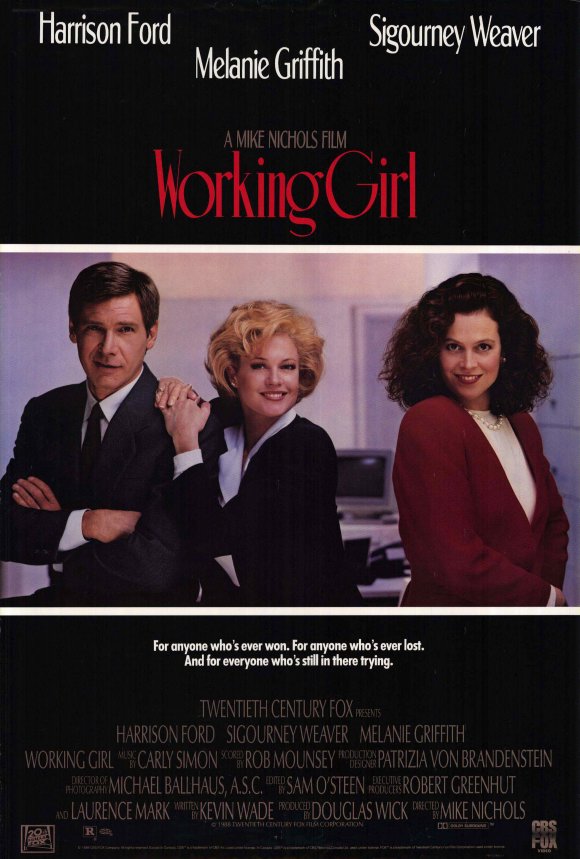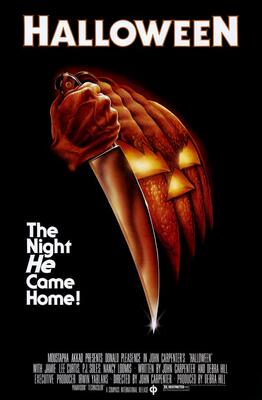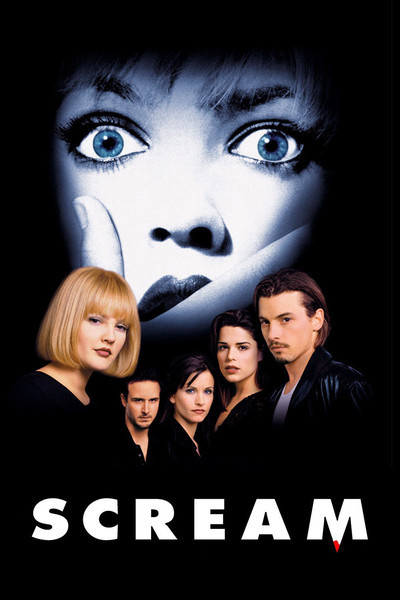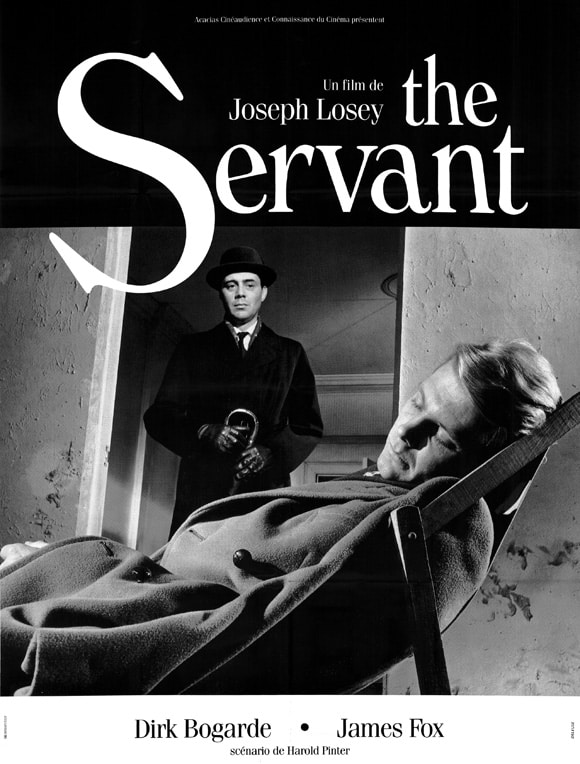
Director: Robert Bresson
It is always interesting approaching a giant of film history. The question one must ask on viewing it is 'why is this considered an example of the form?' The answer in the case of Bresson's Pickpocket comes down to its simplicity, and its ability to provoke emotions through its minimalism. While I was not as enthused by it as some critics have been, it has prompted me to look forward to Bresson's other films.
The most striking and stunning scenes in the film are the pickpocketing scenes. The first one at a horse race is compelling; the camera cuts between Michel's blank face staring forward at the race, and his hand slowly unclasping a woman's handbag and taking her purse. We the audience project our tension on Michel's face, interpreting every small twitch and movement as an expression of his fear. The bounding of the horses' hooves growing increasingly louder doubles as the blood that would be pumping through his head. It is an exquisite scene.
Bresson used non-actors in this film, which leads to underacting rather than overacting. The characters are not demonstrative in their emotions, an effect that was clearly intended by Bresson. We learn little of what they are feeling, which makes the end scene a type of release.
This is a very beautiful film, one that deserves a re-watch from me. Don't watch it when you are even slightly tired (which I must confess I was), for its quietness requires the viewer to choose to pay attention. I loved the music, though that may partly be because of my general enjoyment of the Baroque style. The whole film is less about its plot than about the emotions it wants to rouse in you, making us reflect on our ability as human to trap ourselves in self-destructive behaviour that locks us off from being genuine with one another.












